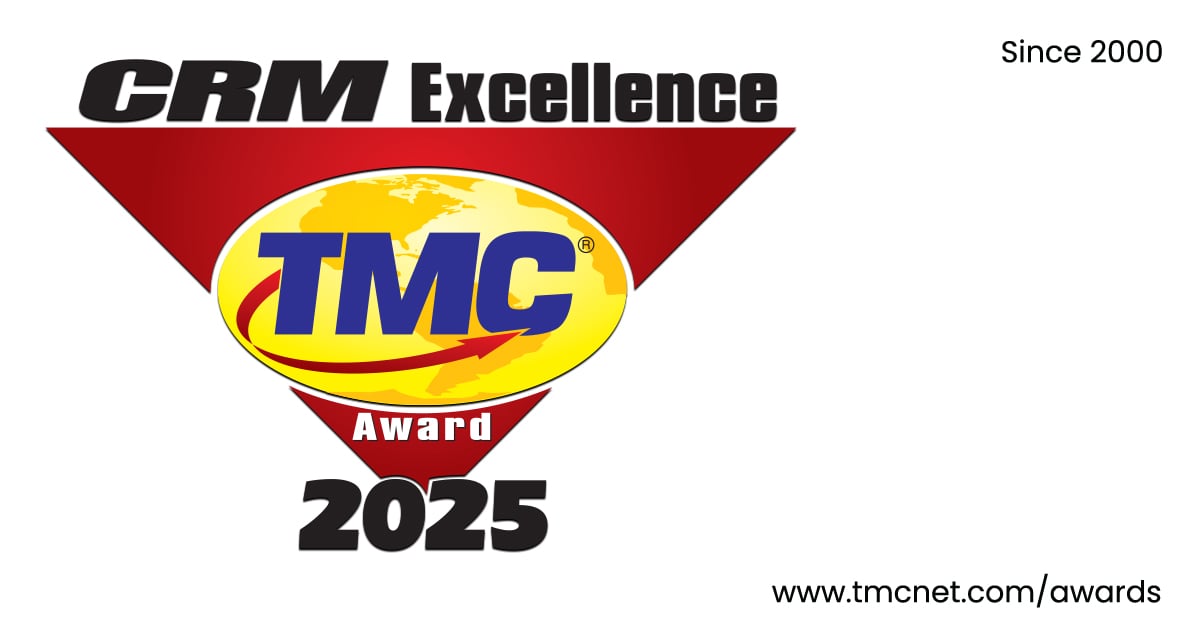
Emerging technologies in the financial world are changing the way institutions conduct their operations and engage customers. Financial organizations are improving overall efficiency and responsiveness to customers, which is in turn, helping them increase revenues. Traders are also discovering new trading opportunities as financial tech continues to evolve.
In this article, we list six technological trends that are transforming the world of finance.
Hybrid Cloud Computing
Hybrid technology is an emerging computing technology that combines both private and public clouds and allows the sharing of data between them. It is gaining popularity in the banking and finance industry, thanks to its versatility. With this technology, financial institutions (FIs) have improved efficiency, enhanced innovation, and reduced costs.
Because hybrid clouds are more fortified against online attacks, they help FIs comply better with security requirements. Another key benefit of hybrid clouds is control. Finance companies can now customize the private end of their cloud model to their specific needs, as opposed to the limited choice of rendering all IT control to a third-party cloud provider.
Also, by storing their most critical data on the private cloud, companies can reduce the high costs of moving digital assets from one cloud provider to another.
Artificial Intelligence
Artificial Intelligence (AI) is the application of computer programs to perform tasks requiring human thought and action. It’s already in use in several sectors today and is already making inroads into the banking industry. Banks and other financial enterprises can use AI to reduce high customer support costs and create unique, tailored services for customers.
Also, banks can harness the power of AI to prevent fraud and enhance compliance. Such features like Chatbots and digital transaction advisors will also improve customer service across the board. This will, in turn, reduce costs, increase revenues, and create trust with customers.
Blockchain Technology
The tech community has found other uses for blockchain technology which was originally designed for the Bitcoin digital currency. Blockchain does not come with any transaction costs. It has no governing authority, and it is also open for anyone. It is also faster, cheaper, more secure, and free of errors compared to other technologies.
Blockchain technology has also opened new frontiers in finance trading. Bitcoin is now an item of trade in the CFD trading market and traders can bet against its price. Other cryptocurrencies are also listed as items of trade in the financial markets. The entrance of such digital currencies has allowed traders to have variety and access.
Open Banking APIs

Application program interface (API) are procedures and tools for programming user interface components. Open APIs allow third-party companies to develop applications and services around a primary financial services firm.
Financial organizations are starting to realize the value of Open Banking APIs because it helps them redefine and improve their services. This, in turn, helps them maintain a competitive edge in the industry. It’s also a win for customers, who will benefit from lower transaction costs and better support services.
Open banking also enables organizations to create new digital revenue pathways, which helps them improve their base revenue.
Robotic Automation
Robotic automation is the use of software applications to perform automated tasks. Banks and other financial institutions can leverage software robots to free employees from mundane and time-consuming tasks. This will allow them to focus on productive work and important decision-making tasks -- hence increasing efficiency.
Financial organizations can benefit from automation in the following ways:
- Optimizing value from outsourced work processes
- Reducing technology costs while achieving targeted results
- Supporting overall growth, operations, procedures and development without incurring too many expenses
Prescriptive Analytics
As more and more financial operations and transactions move to the digital space, pressure is being piled on financial institutions to protect critical data and customer information. This is because digitization makes organizations vulnerable to malicious attacks from cybercriminals. Common attacks include money laundering, theft, and violation of trade embargoes.
To combat such intrusions, financial institutions can use a more proactive approach like employing prescriptive security. Prescriptive security is the use of big data analytics, real-time monitoring, and automation to detect potential security incidents and prevent them from happening. This preemptive approach helps identify unusual signals and threats, enabling immediate response.
Digital trends will continue disrupting the world of finance in coming years. Financial institutions must thus make necessary adjustments to keep up with emerging technologies and trends.





